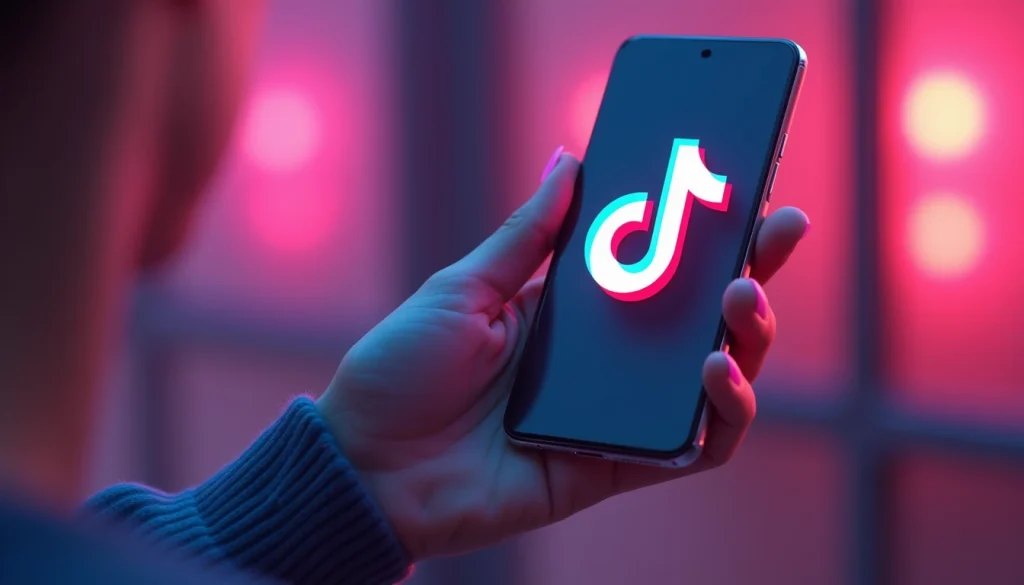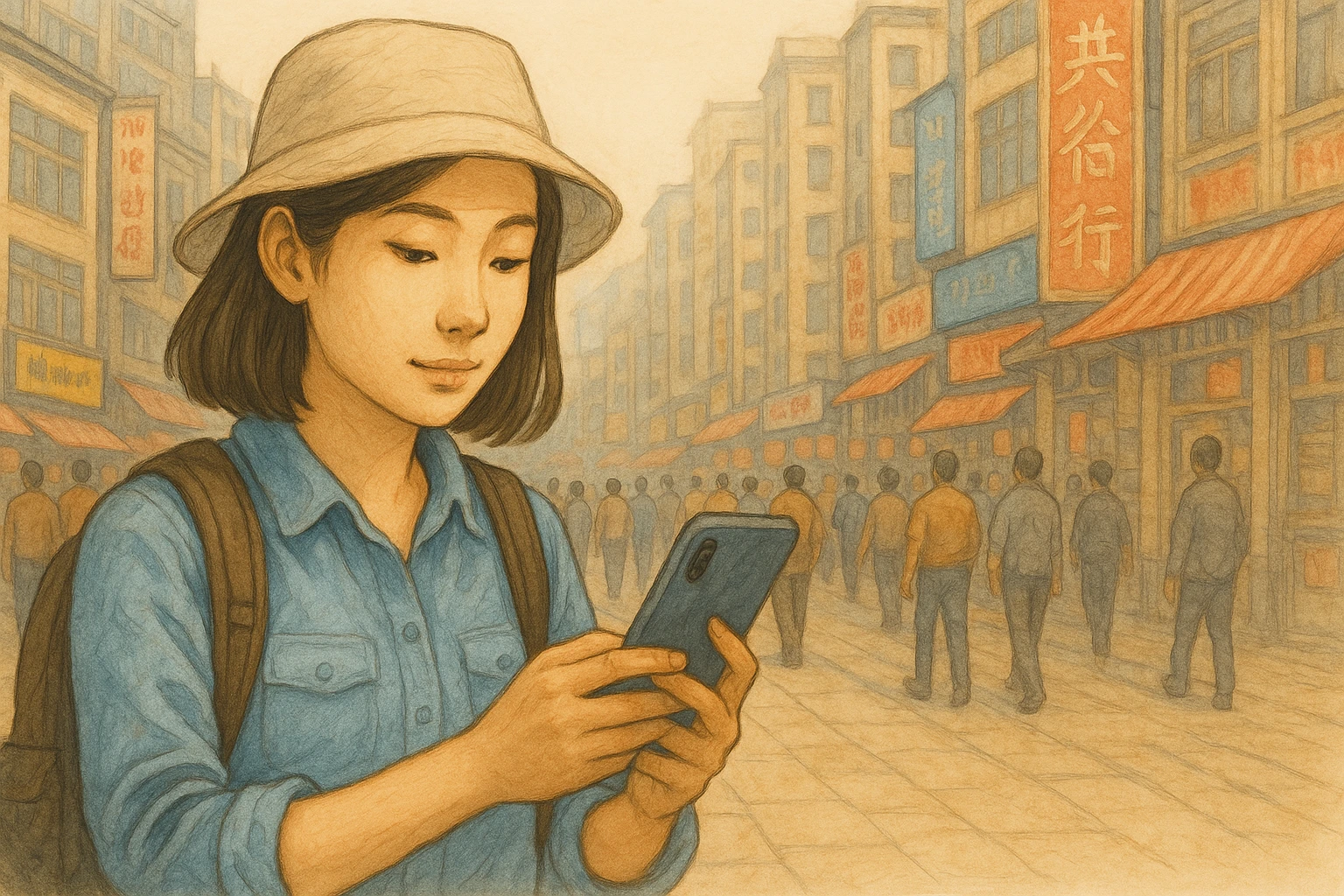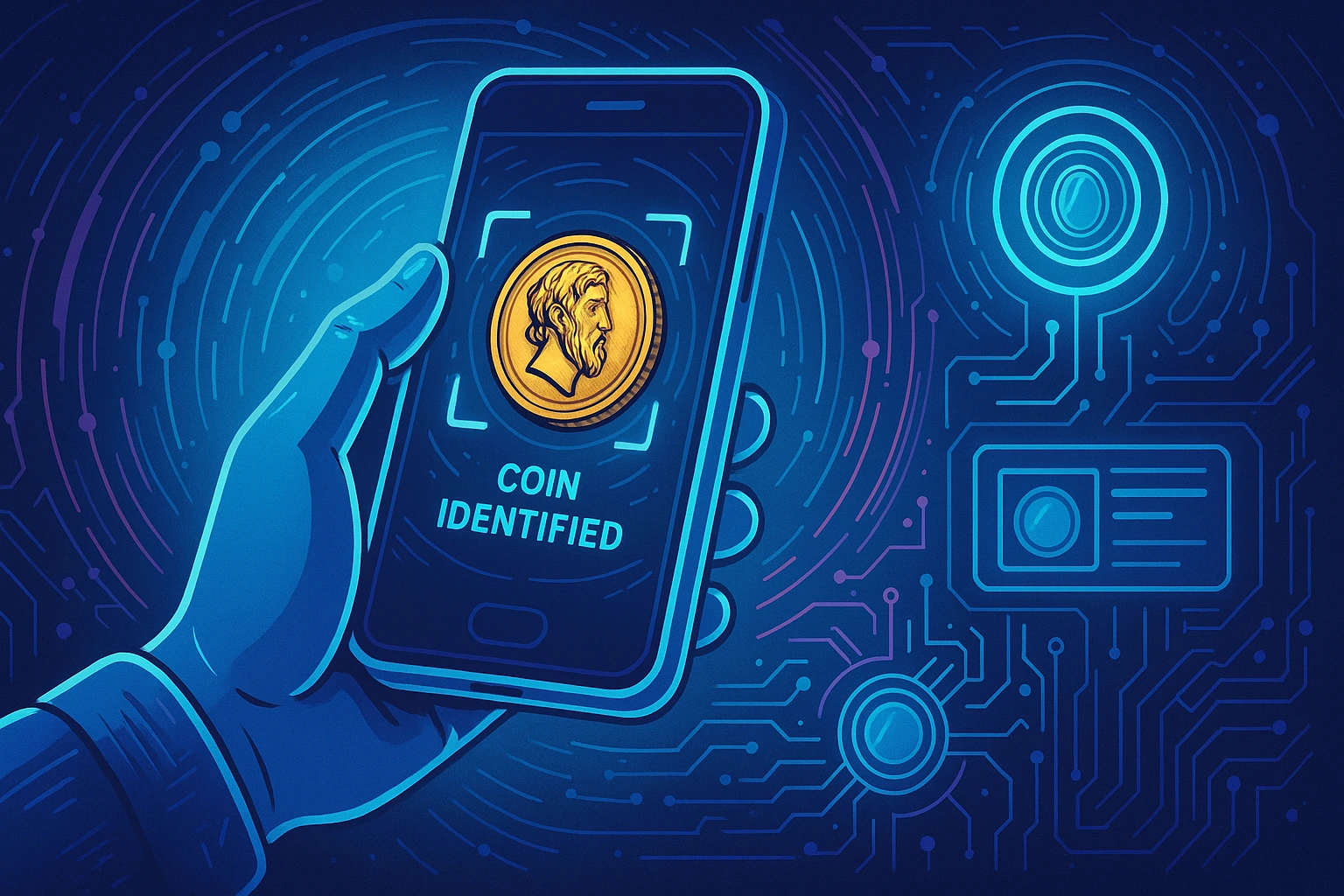In recent years, social media platforms have undergone a seismic shift in their influence over global culture. Among these digital giants, TikTok emerges as a dominant force, reshaping how content is consumed and shared. This essay critically examines the cultural impact of TikTok, its algorithmic strategies, and the implications of its rise in the social connectivity landscape.
The phenomenon of TikTok can be traced back to its Chinese origins under the name Douyin, which later transformed into a global entity. By leveraging short-form video content, TikTok has created a unique ecosystem where users generate and distribute bite-sized clips that traverse genres from dance trends to educational snippets. This democratization of content creation challenges traditional gatekeeping in media, allowing anyone with a smartphone to become an influencer.
However, this accessibility comes at a cost. The platform’s algorithm prioritizes sensationalism and virality over nuance, often amplifying trivial or even harmful content. For instance, the viral “TikTok effect” has led to the rapid dissemination of misinformation and fads that sometimes result in real-world consequences. This raises ethical questions about the role of social platforms in shaping public opinion.
The Algorithmic Abyss: How TikTok’s AI Shapes User Behavior
At its core, TikTok operates as a sophisticated recommendation engine designed to maximize user engagement. The platform employs machine learning algorithms that analyze billions of data points to predict which videos will go viral. This predictive analytics not only drives content consumption but also influences cultural trends and consumer behavior.
The algorithmic curation creates echo chambers where users are increasingly exposed to similar content, reinforcing existing biases. For instance, a user who frequently watches political satire may see more such posts over time, while someone interested in cooking tutorials might never encounter unrelated topics. This homogenization of content challenges the diversity of thought required for informed decision-making.
Moreover, the algorithm’s emphasis on emotional reactions (likes, shares, comments) discourages thoughtful engagement with complex issues. Users are encouraged to consume quickly rather than critically reflect, perpetuating a culture of superficiality. The question arises: is TikTok’s algorithmic design serving the public good or fostering a digital environment conducive to misinformation and manipulation?

Monetization Strategies on TikTok: A Double-Edged Sword
TikTok’s success has been largely attributed to its innovative monetization strategies that cater to both creators and brands. The platform offers various revenue streams, including ads, sponsorships, and premium features like TikTok Shop. This economic model incentivizes content creation while integrating commerce seamlessly into the user experience.
For creators, the ability to earn money directly from their content has democratized opportunities traditionally reserved for established media outlets. Many influencers have built multimillion-dollar empires by leveraging TikTok’s reach, showcasing the platform’s potential as a launchpad for new careers. However, this economic power can also create inequalities. Those with access to resources (like professional cameras or marketing teams) are more likely to succeed, marginalizing voices without such advantages.
On the flip side, brands have found TikTok an effective avenue for reaching younger audiences. The platform’s viral potential allows companies to achieve global scale at relatively low cost. However, this commercialization raises concerns about content authenticity. Users may perceive branded content as organic when it’s actually part of a paid campaign, blurring the lines between advertising and genuine expression.
User Engagement and Challenges in the TikTok Ecosystem
TikTok’s user base now exceeds 1 billion active users globally, making it one of the most influential platforms in social connectivity. The app’s success can be attributed to its ability to foster community through shared interests and challenges. From dance duels to hashtag campaigns, these features encourage interaction and collaboration among users.
Yet, this hyperconnectedness isn’t without its downsides. The platform’s constant stream of content creates a culture of FOMO (fear of missing out), where users feel compelled to stay updated at all times. This perpetual scrolling can lead to burnout and anxiety, particularly among younger demographics who grew up with digital-native platforms.
Moreover, TikTok’s reliance on user-generated content has led to issues of intellectual property theft and copyright infringement. Creators often find their work exploited by others without proper attribution or compensation. While the platform has introduced measures like watermarks and verification badges, these efforts remain insufficient in addressing systemic problems.
Safety and Privacy Concerns in the TikTok Landscape
As TikTok’s influence grows, so do concerns about user safety and privacy. The app has faced criticism for inadequate policies regarding hate speech, cyberbullying, and data misuse. In 2021 alone, there were numerous reports of minors being targeted by predators through the platform.
One critical issue is the lack of transparency in TikTok’s content moderation processes. Users often feel that their flags go unaddressed or are resolved arbitrarily, leading to frustration and mistrust. This opaqueness not only undermines the platform’s credibility but also places additional burden on users to navigate its complexities.
Additionally, TikTok’s data collection practices raise ethical questions about privacy rights. The app gathers extensive information from its users, including biometric data, which is often shared with third parties without explicit consent. In an era where data breaches are frequent, these policies highlight the need for stricter regulations governing digital platforms’ handling of personal information.
Conclusion: Navigating the TikTok Phenomenon
TikTok’s rise to prominence represents both a cultural revolution and a challenge to traditional media structures. While it democratizes content creation and fosters global connections, its algorithmic design and monetization strategies raise significant ethical concerns. Users must navigate this digital landscape with awareness of the platform’s limitations while advocating for policies that prioritize transparency, safety, and privacy.
In the broader context of social connectivity, platforms like TikTok underscore the need for balanced approaches to innovation. As we move forward, it’s crucial to engage in open dialogue about the role of technology in shaping our collective identity and values. Only through continuous scrutiny can we ensure that digital spaces evolve into tools that empower individuals while maintaining accountability and ethical standards.



